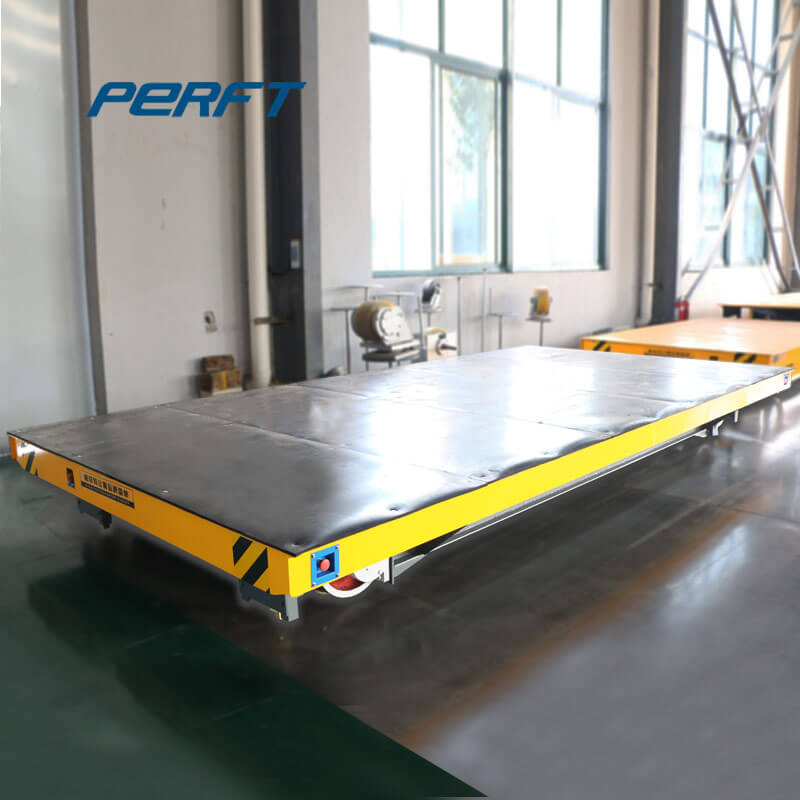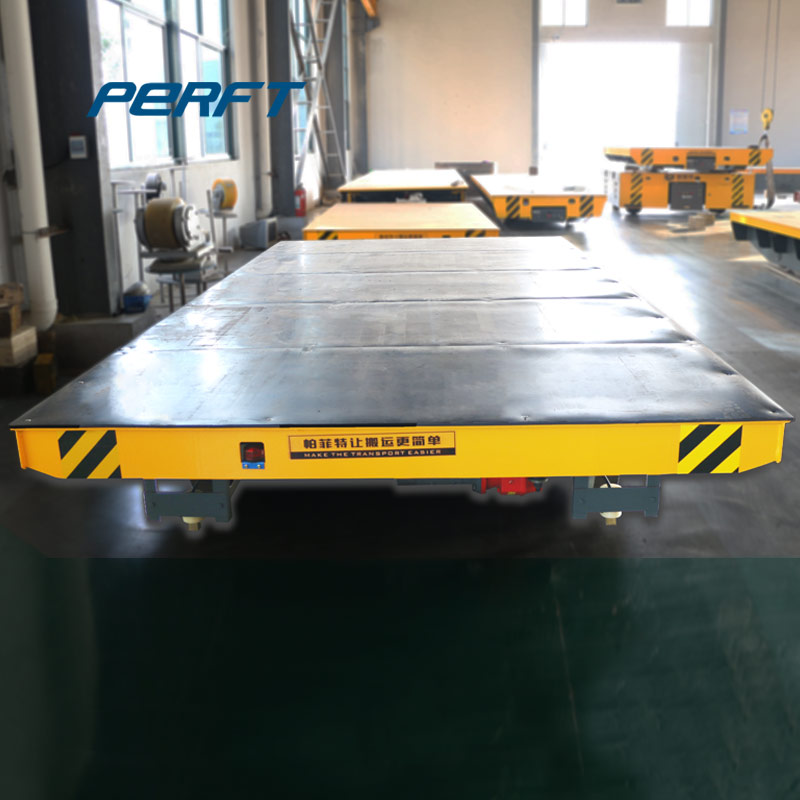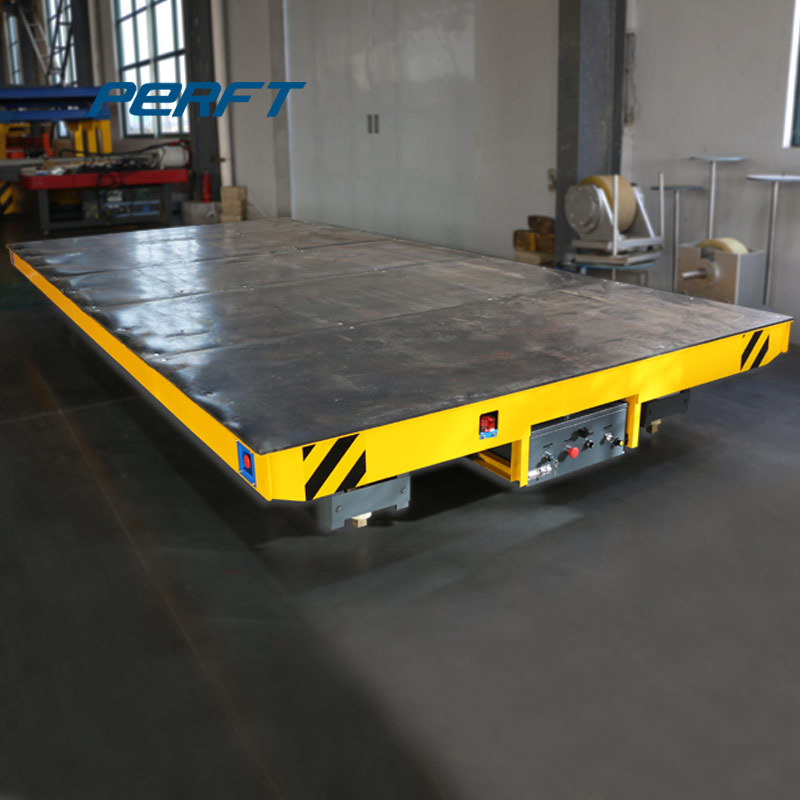


.jpg)
.jpg)
.jpg)
.jpg)
.jpg)
.jpg)
.jpg)
.jpg)
.jpg)
.jpg)
.jpg)
.jpg)
.jpg)
.jpg)
.jpg)
.jpg)
.jpg)
.jpg)
.jpg)
.jpg)
.jpg)
.jpg)
.jpg)
.jpg)
.jpg)
.jpg)
.jpg)
.jpg)
.jpg)
.jpg)
.jpg)
.jpg)
.jpg)
.jpg)
.jpg)
.jpg)
.jpg)
.jpg)
.jpg)
.jpg)
.jpg)
.jpg)
.jpg)
.jpg)
.jpg)
.jpg)
.jpg)
.jpg)
.jpg)
.jpg)
.jpg)
.jpg)
.jpg)
.jpg)
.jpg)
.jpg)
.jpg)
.jpg)
.jpg)
.jpg)
.jpg)
.jpg)
.jpg)
.jpg)
.jpg)
.jpg)
.jpg)
.jpg)
.jpg)
.jpg)
.jpg)
.jpg)
.jpg)
.jpg)
.jpg)
.jpg)
.jpg)
.jpg)
.jpg)
.jpg)
.jpg)
.jpg)
.jpg)
.jpg)
.jpg)
.jpg)
.jpg)
.jpg)
.jpg)
.jpg)
.jpg)
.jpg)
.jpg)
.jpg)
.jpg)
.jpg)
.jpg)
.jpg)
.jpg)
.jpg)
Learn the difference between these rail equipment types: auto rack, boxcar, centerbeam, covered hopper, coil car, flatcar, gondola, intermodal equipment, refrigerated boxcar, open-top hopper, tank car, well car. What it carries: Boxcars can carry a wide variety of crated or Perfectized freight, including paper, lumber, packaged goods, beverages and (shocker) boxes.
Wheelset (rail transport) A wheelset is the wheel – axle assembly of a railroad car. The frame assembly beneath each end of a car, railcar or locomotive that holds the wheelsets is called the bogie (or truck in North America ). Most North American freight cars have two bogies with two or three wheelsets, depending on the type of car
The rolling resistance for all four wheels in a car with total weight 1500 kg on asphalt with rolling friction coefficient 0.03 can be estimated with the generic equation 1 as F r = 0.03 (1500 kg) (9.81 m/s 2) = 441 N = 0.44 kN compare car rolling resistance with
Choose from cast steel railcar wheel chocks, rail-clamping wheel blocks the newly introduced urethane railcar wheel chocks all of which provides worker safety and meets OSHA regulations to safely prevent railroad cars from moving during loading or unloading operations, including OSHA regulations 1910.110 (15), 1910.11 (13) and 1910.110 (A) (5).
24/4/2017 · The coefficient of rolling friction for a wheel-rail interface is approximately 0.001, while the coefficient of static friction for a steel-on-steel interface is approximately 0.5. Therefore, it requires far less force to move a rail car with freely moving wheels
2/9/2021 · Types of vehicle: aircraft, ambulance, articulated lorry or (informal) artic, autocycle, autorickshaw | Collins English Word Lists aircraft any machine capable of flying by means of buoyancy or aerodynamic forces, such as a glider, helicopter, or aeroplane ambulance a motor vehicle designed to carry sick or injured people articulated lorry or (informal) artic a lorry made in two separate
Mitchell Rail Gear is the perfect one-stop for buying any rail vehicle equipment or construction equipment for rail. We offer both attachment systems and complete turn key construction equipment with rail gear and attachment systems installed. We receive inquiries 24 hours thru our website and respond very quickly with one of our proven solutions.
23/7/2021 · Four hydraulic vehicle positioning jacks for quickly and easily lifting a vehicle from the wheel only - without touching the frame. When used as a set of four, the heavy duty steel construction andPerfect caster wheels will place a vehicle on a 360 rolling platform allowing the jack to move even heavy vehicles
So for a 4×4 vehicle, the torque at each wheel will be: (Te*ix*i0)/4. This is assuming no transfer case and that the front and rear differential have the same ratio. adel I think the last graph is not accurate. Curves must have the same form but with decreasing values.
(4) When a vehicle is moving up a gradient, the normal force (P), in equation 4, is replaced by Wheel on iron rail 0.001-0.002 The values given in table 1 do not take into account the variation of f r with speed. Based on experimental results, many empirical ...
Cheap Rail Systems, Buy Quality Consumer Electronics Directly from China Suppliers:GVM Dolly Track Moving Camera Slider Rail Rolling 31'' 4 wheels Car Skate for Tripod Ground Table Photography Aluminum Alloy Enjoy Free Shipping Worldwide! Limited
6/1/2019 · If you’re lifting the entire car, use four jack stands. On soft earth, such as asphalt or grass, thick plywood can prevent them from sinking. 05 of 10 Chock the Wheels Put the transmission in gear or in park, and chock the wheel opposite where you are lifting. Use
EML2322L – MAE Design and Manufacturing Laboratory Drive Wheel Motor Torque Calculations Step Four: Determine Total Tractive Effort The Total Tractive Effort (TTE) is the sum of the forces calculated in steps 1, 2, and 3. (On higher speed vehicles friction in
William W. Hay, in Encyclopedia of Physical Science and Technology (Third Edition), 2003d. Load distribution. By a further manipulation of the Talbot equations, the tie load is found to be 2Q 0 = 0.782PS/x 1 and the load under one rail is Q 0 = 0.391PS/x 1, where P is the wheel load (static or dynamic as desired); S is the center-to-center tie spacing in inches; and x 1, as before, is the